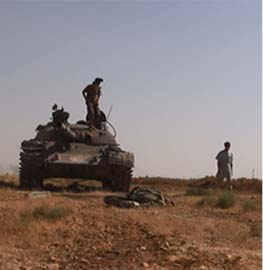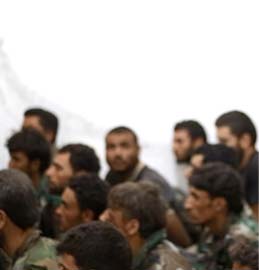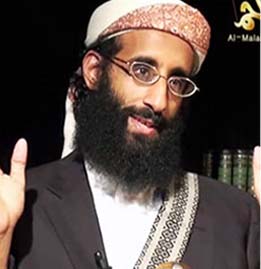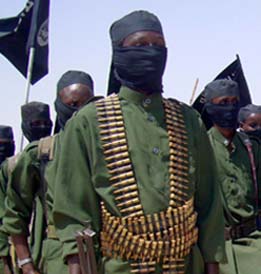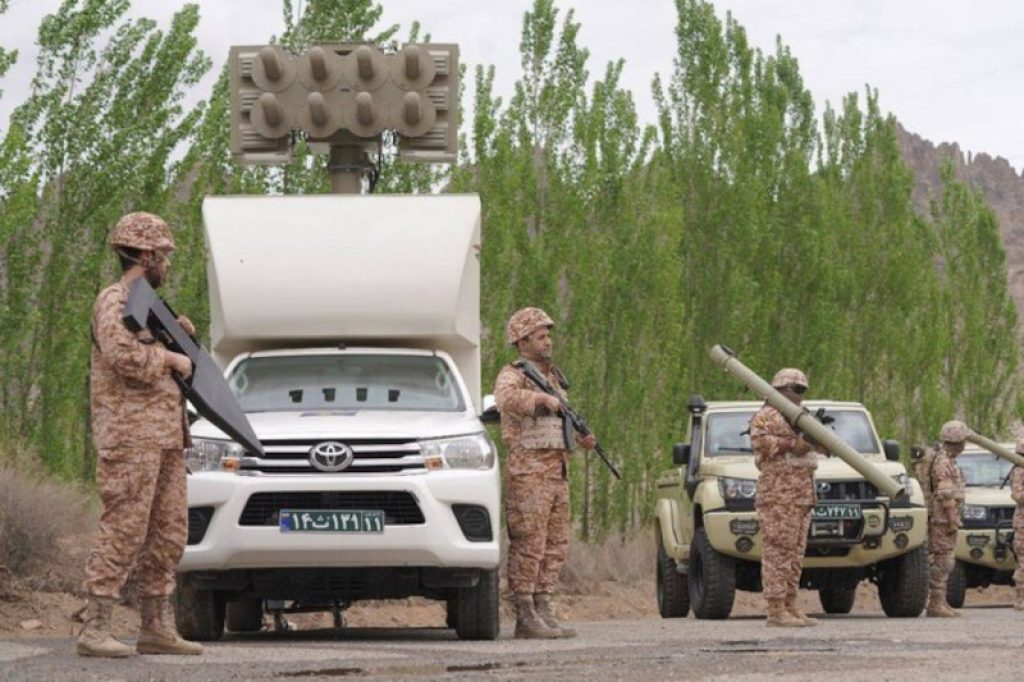
Iran and Armenia held their first joint military exercises, “Peace,” near their shared border region of Nodruz on April 9 and 10, according to the Armenian Defense Ministry and the Islamic Republic News Agency. The Iranian contingent was led by the Ashura Division of the Islamic Revolutionary Guards Corps (IRGC) Ground Forces, which operates across Iran’s northeastern provinces of East Azerbaijan, Ardebil, and Zanjan. This division includes three key brigades: Ashura 31, Ansar al Mahdi 36, and Abbas 37.
Norduz is situated at the meeting point of the Azerbaijani exclave of Nakhchivan, Armenia, and Iran. Tehran conducted an extensive three-day military drill in 2022 near its border with Azerbaijan, where the IRGC Ground Forces’ Ashura Division constructed a temporary bridge over the Aras River, which separates Iran from Azerbaijan.
IRGC Ground Forces Operational Deputy Commander Valiollah Madani stated that the purposes of the exercise were to strengthen border security and to preserve the “territorial integrity of [Iran’s] neighboring countries,” potentially hinting at Azerbaijan’s encroachment into Armenian territory.
Iran supports Armenia to counter Azerbaijan’s expansion
It is not the first time Islamic Republic officials have expressed firm opposition to territorial changes in the Caucasus. Supreme Leader Ali Khamenei stressed Iran’s heightened sensitivity to border issues involving Armenia during his May 2024 meeting with Armenian Prime Minister Nikol Pashinyan. His stance was later reinforced by IRGC member and Parliament Speaker Mohammad Bagher Ghalibaf, who reassured his Armenian counterpart that Iran would firmly oppose any redrawing of regional borders.
Iran and Armenia deepened their relations in 2024, following the third wave of clashes between Armenia and Azerbaijan over the contested Nagorno-Karabakh region. Tehran and Yerevan’s reported $500 million arms agreement encompassed a range of military hardware, including the transfer of Shahed-136, Shahed-129, Shahed-197, and Mohajer drones, along with air defense systems such as the 3rd Khordad, Majid, 15th Khordad, and Arman. Although both Iran and Armenia have denied the deal, Yerevan has grown increasingly reliant on Tehran following its departure from Russia’s Collective Security Treaty Organization and the lack of assurances from NATO.
Baku hosts Jerusalem-Ankara talks over Syria
The drill was held on the same day that Israeli and Turkish delegations met in Azerbaijan to discuss military deconfliction in Syria, where Israel has struck at least three Turkish airbases in the country as part of efforts to prevent the establishment of Ankara’s military presence there.
National Security Adviser Tzachi Hanegbi led the Israeli delegation, while Turkish Foreign Minister Hakan Fidan later confirmed the talks, calling for a mechanism akin to those Ankara maintains with the US and Russia. Turkish sources said efforts are underway to establish a hotline to avoid future clashes, a move Israeli officials likened to the existing Israel-Russia coordination channel.
Armenia is Iran’s only remaining leverage against the Turks
Turkey has increasingly filled the vacuum left by Iran in Syria, the Caucasus, and with the Kurdistan Workers’ Party (PKK).
Ankara’s Bayraktar TB2 medium-altitude and long-endurance drones helped Azerbaijan secure the Zangezur Corridor, a route linking Azerbaijan to Nakhchivan, after the 2023 Nagorno-Karabakh war, eliminating its reliance on Iran while also connecting Turkey to mainland Azerbaijan. Turkish-backed rebels also ousted the Bashar al Assad regime in Syria, which Iran had long supported, while Syria’s new Ankara-aligned leader has quashed most pro-Tehran networks in the country. The PKK, having reportedly received Iranian drones to fight Turkey, has agreed to disarmament, possibly making Armenia Iran’s last leverage against Turkey and Azerbaijan.

